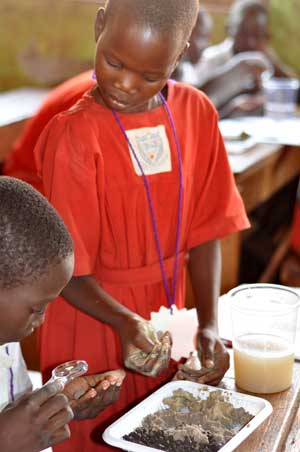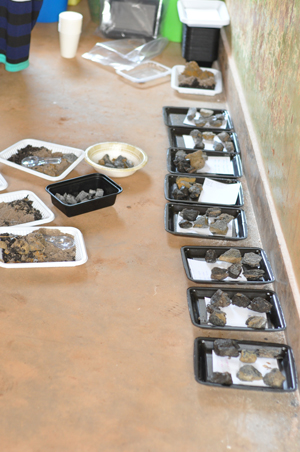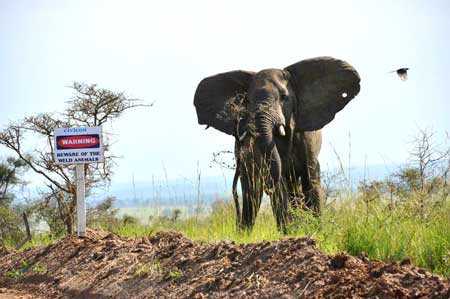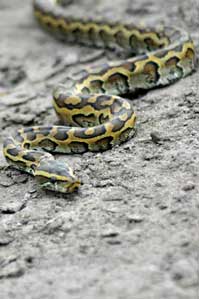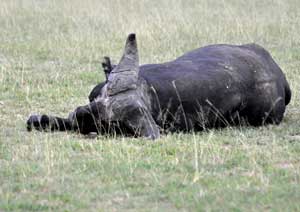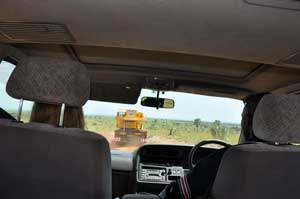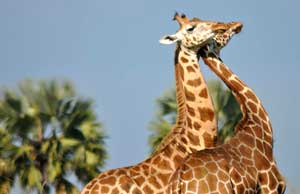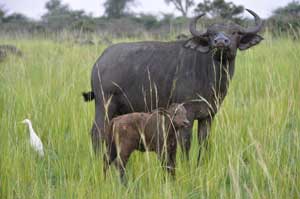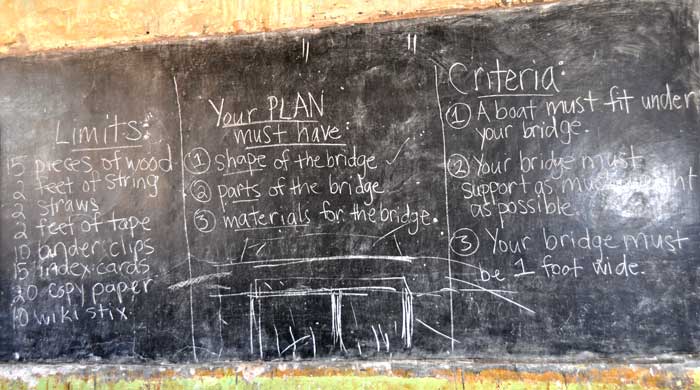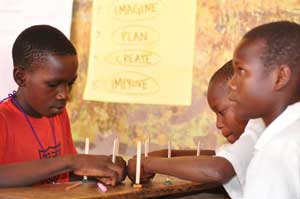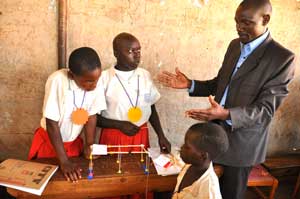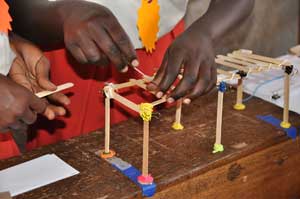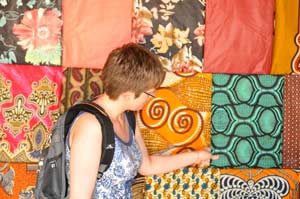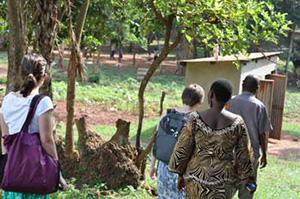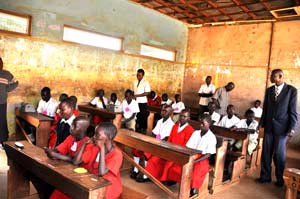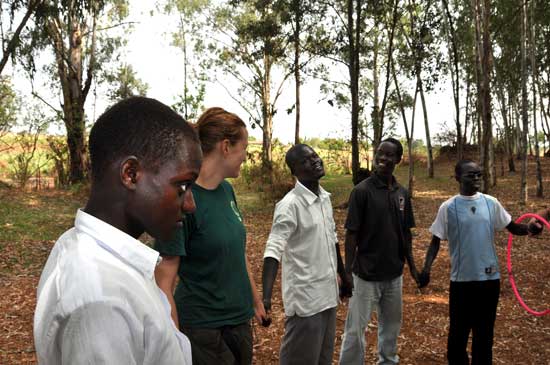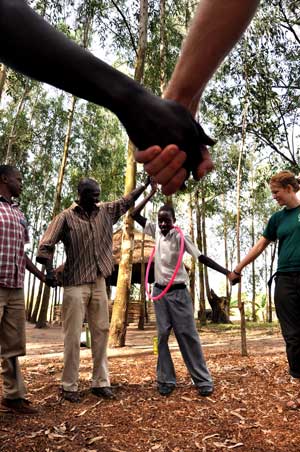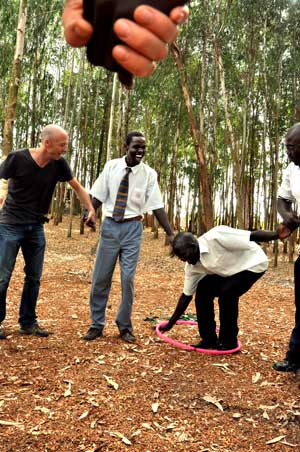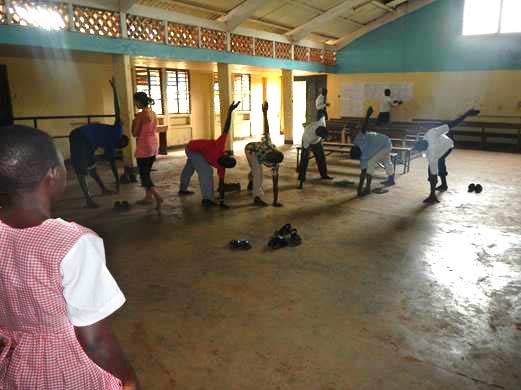Engineering is Elementary: What Makes a Strong Mortor?
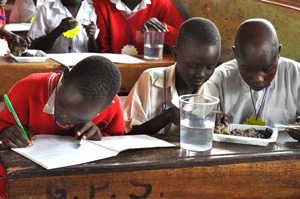
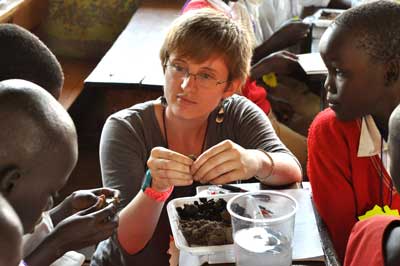
This week, the students are Materials Engineers, exploring the properties of various materials used in building a strong wall. Three types of soil – Clay, Loam and Sand – are explored for their adhesive properties and durability. Using their hands, mixing the different soil types with varying amount of water, the students made “rock sandwiches” which dried overnight. The following day, these were given the earthquake test (how many shakes to make them fall apart?) and observations about cracking were shared with the group.
The teachers opened the “store” for students who had prepared their Engineering Diagram and list of supplies requested. They could choose up to six scoops of the various soil types and up to 10 tablespoons of water. The gravel was already rationed in bowls.
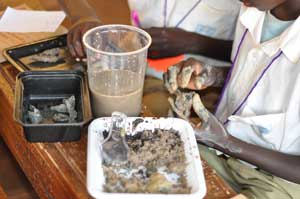 Wall construction began in earnest outdoors with everyone getting down and dirty in the lower field. The walls were transported to the Director of Studies office for overnight drying. Friday, the students will test to failure, and a very large crowd is expected to observe.
Wall construction began in earnest outdoors with everyone getting down and dirty in the lower field. The walls were transported to the Director of Studies office for overnight drying. Friday, the students will test to failure, and a very large crowd is expected to observe.
Additional photos are in our Gallery
